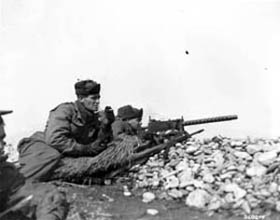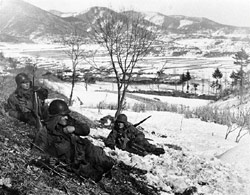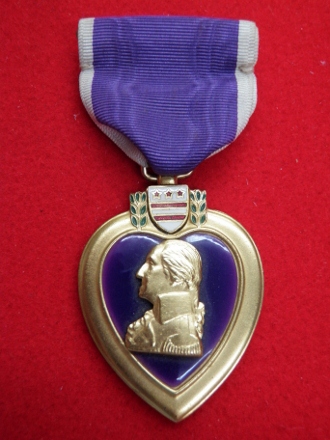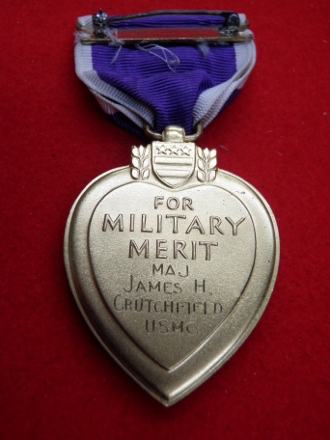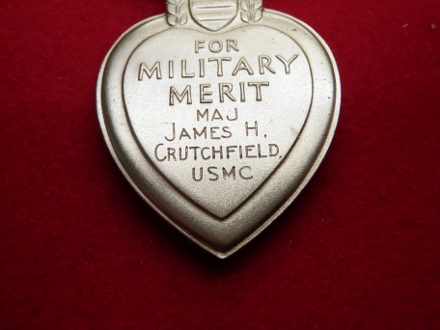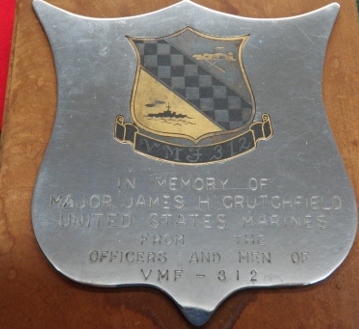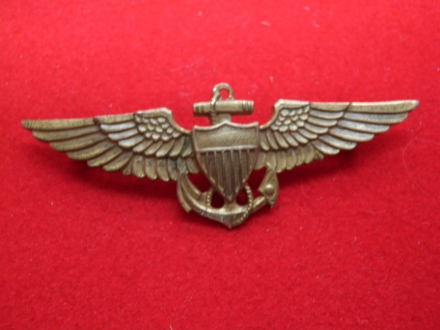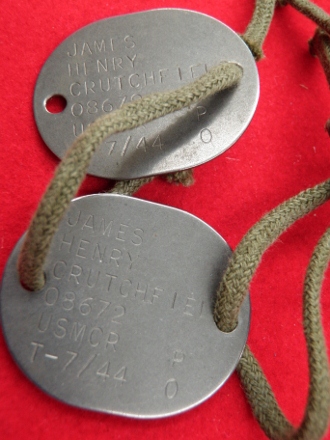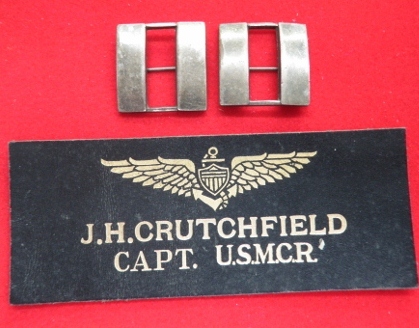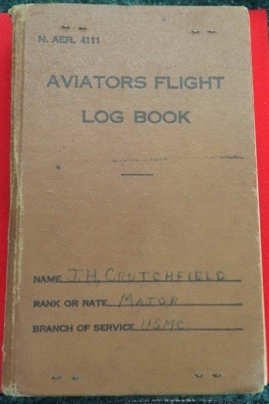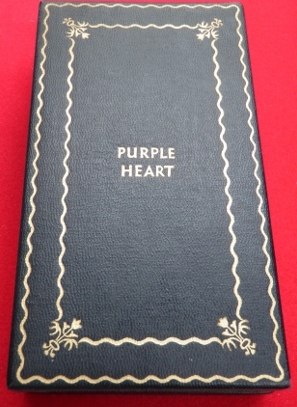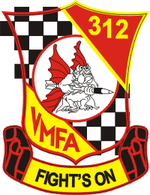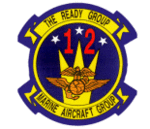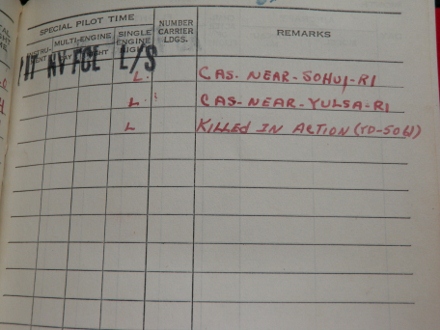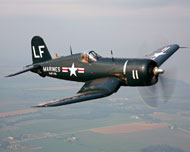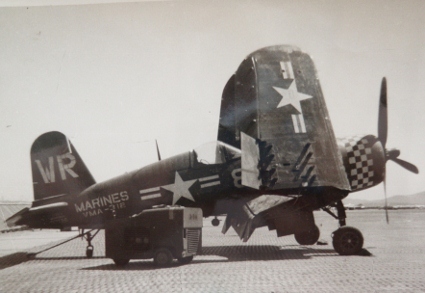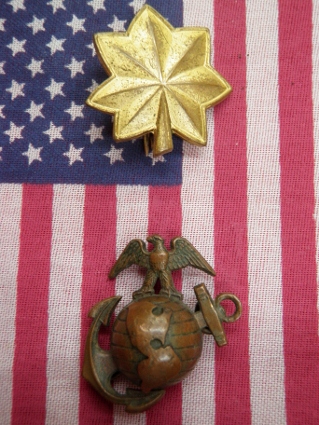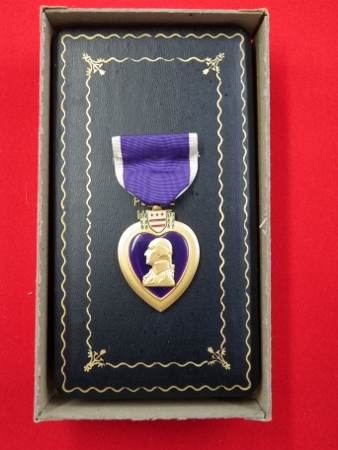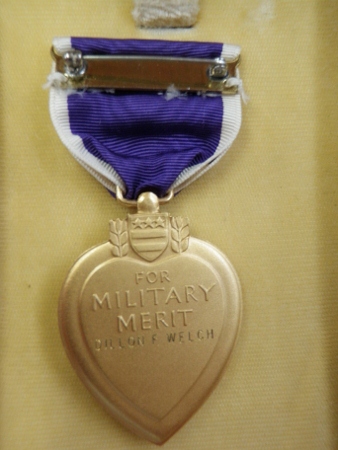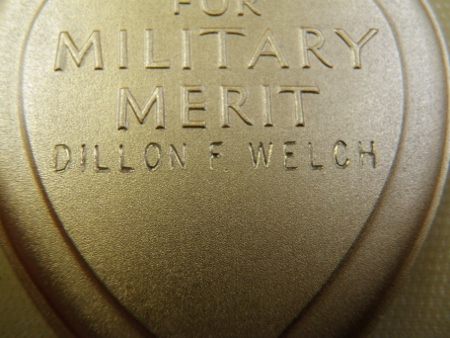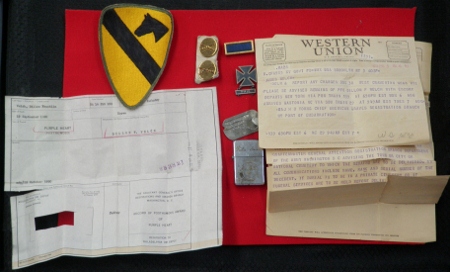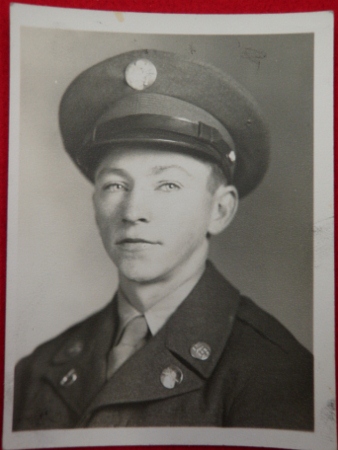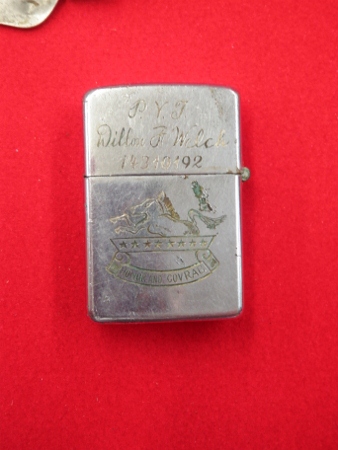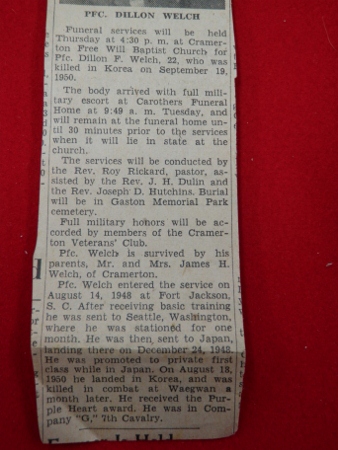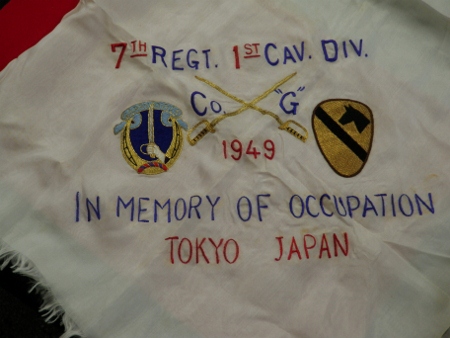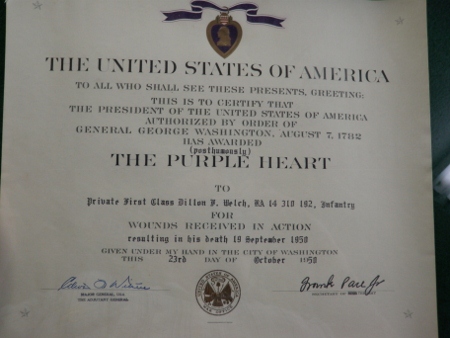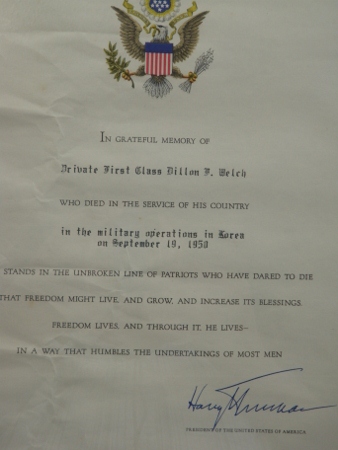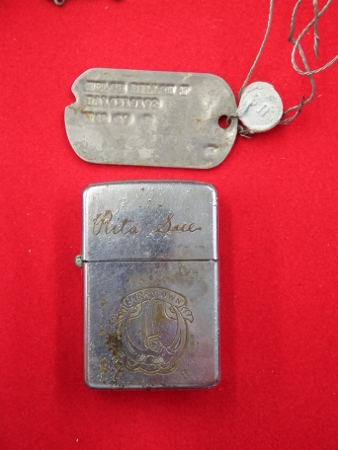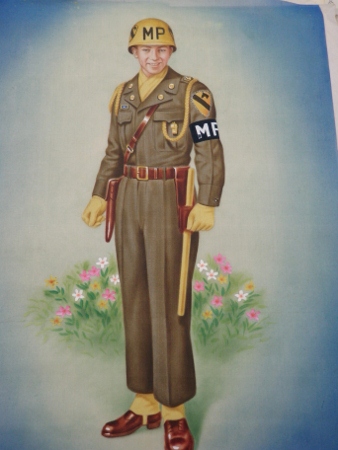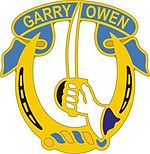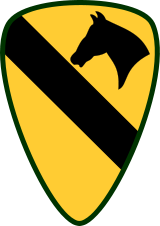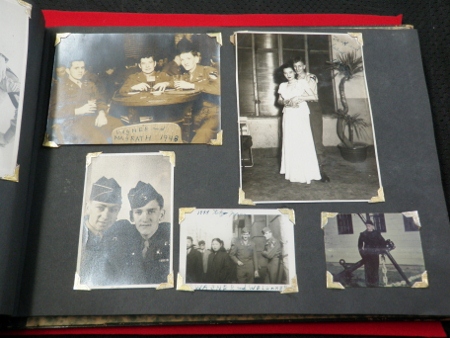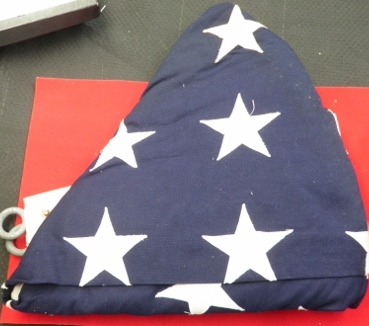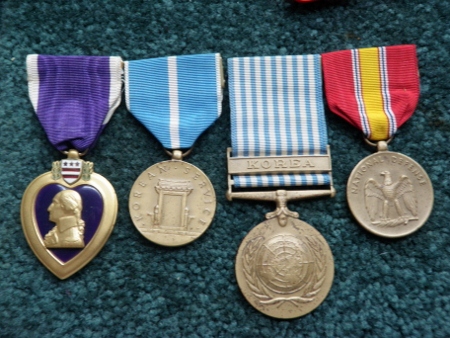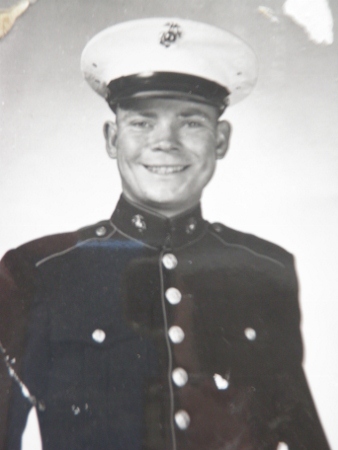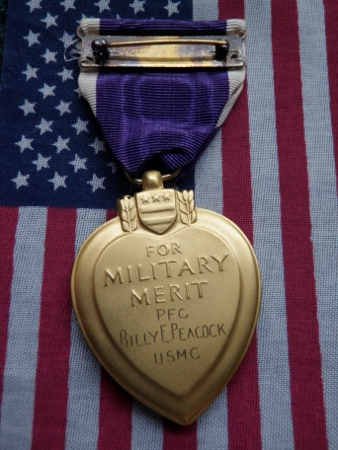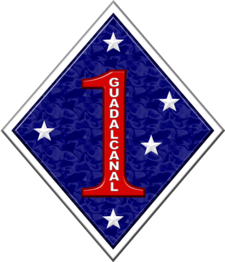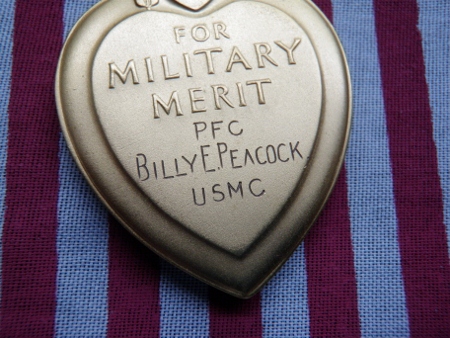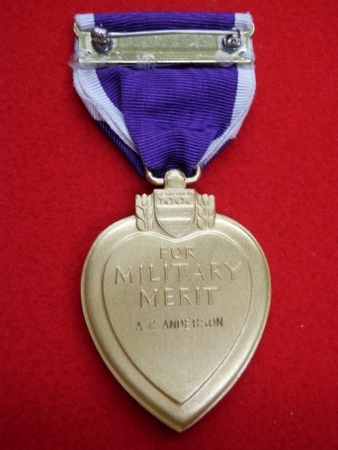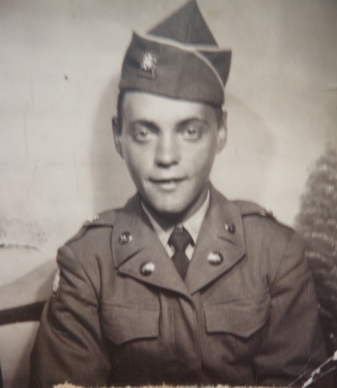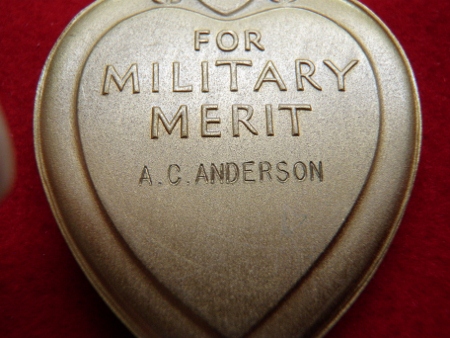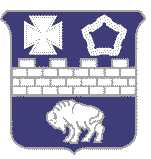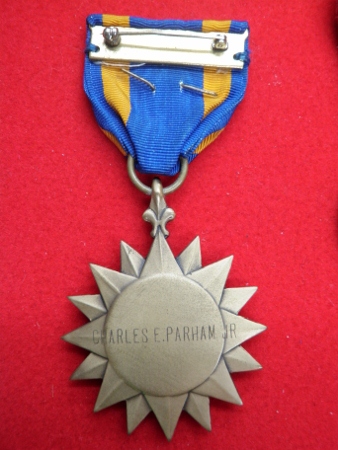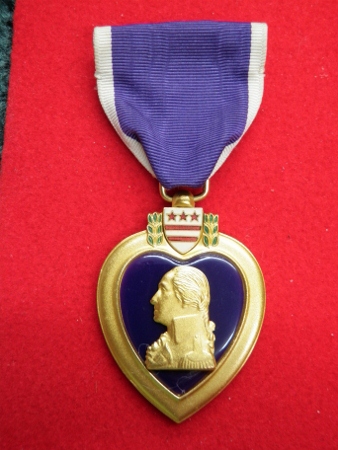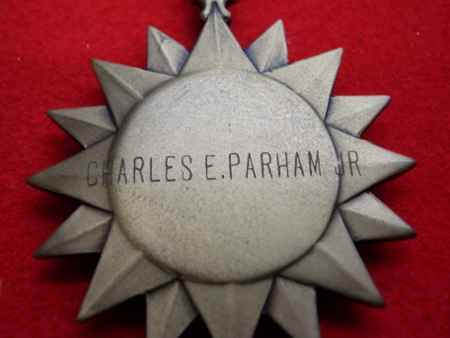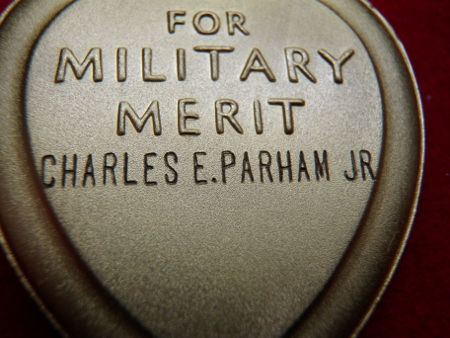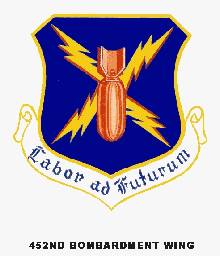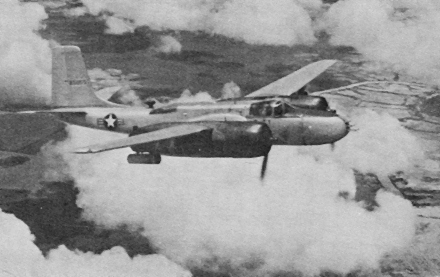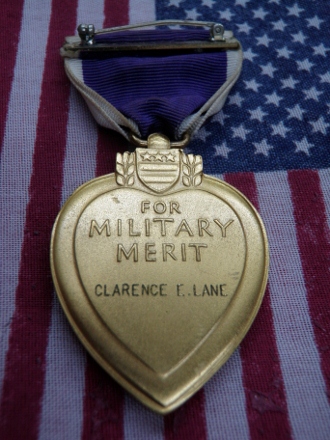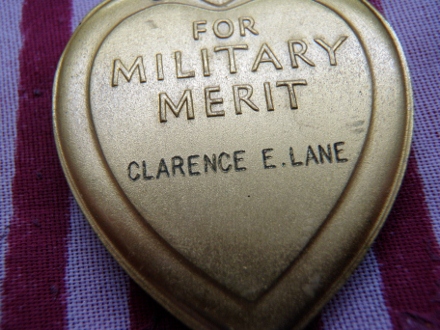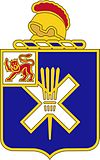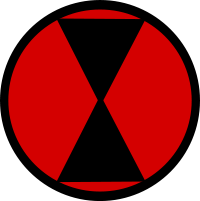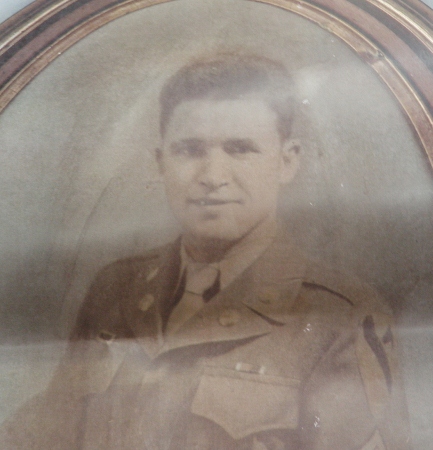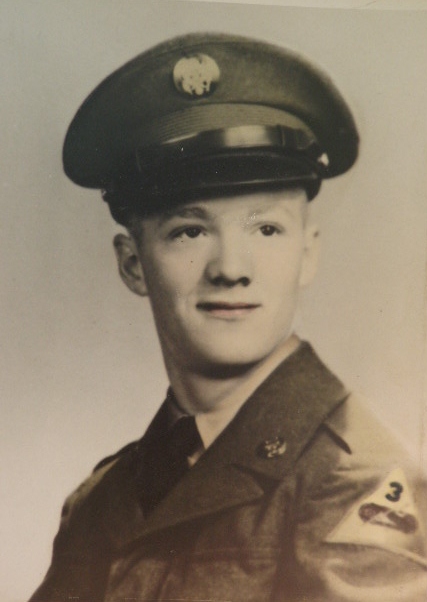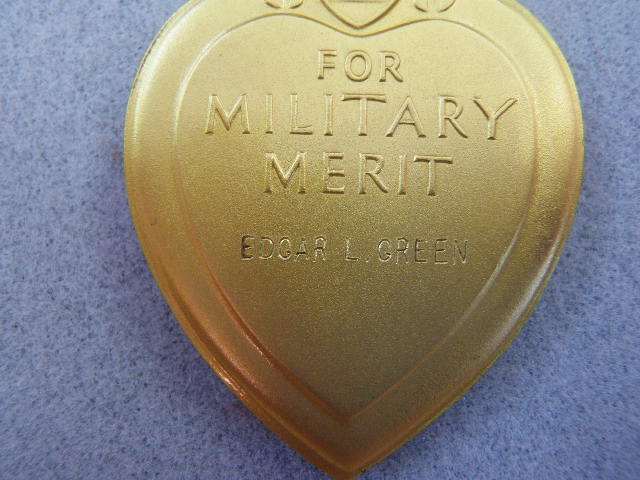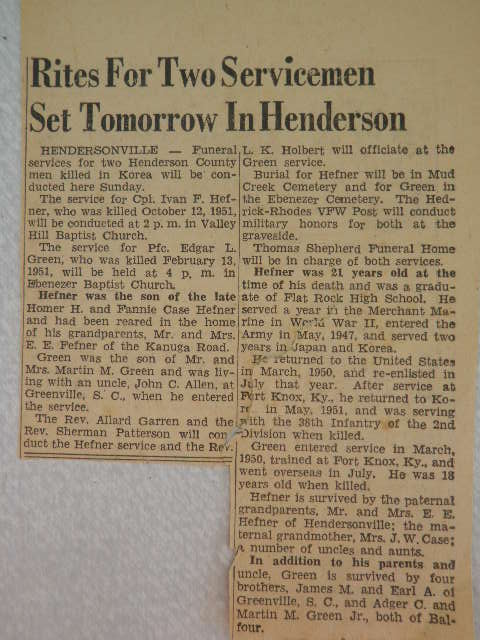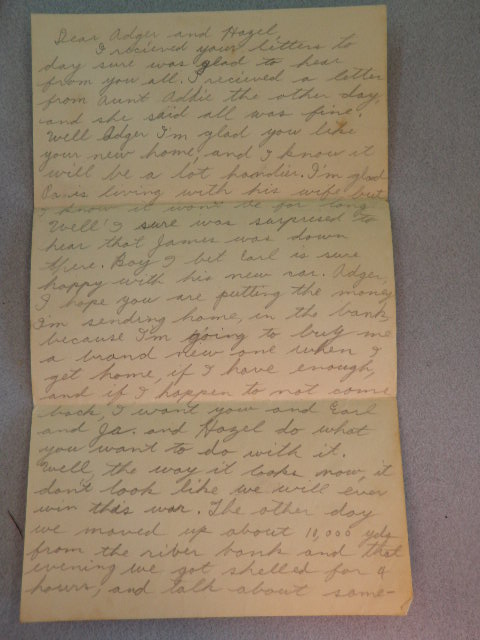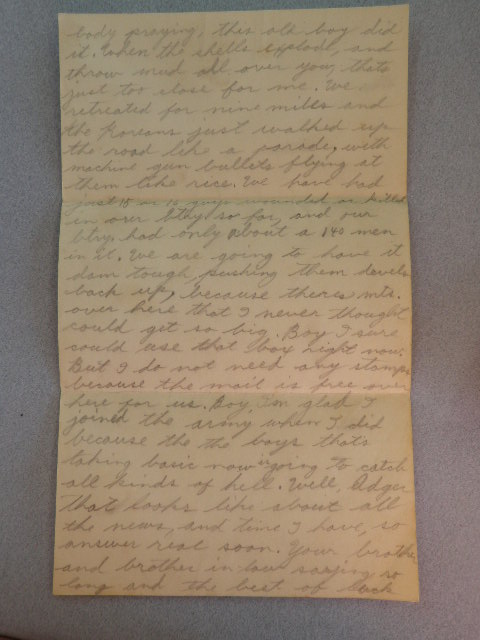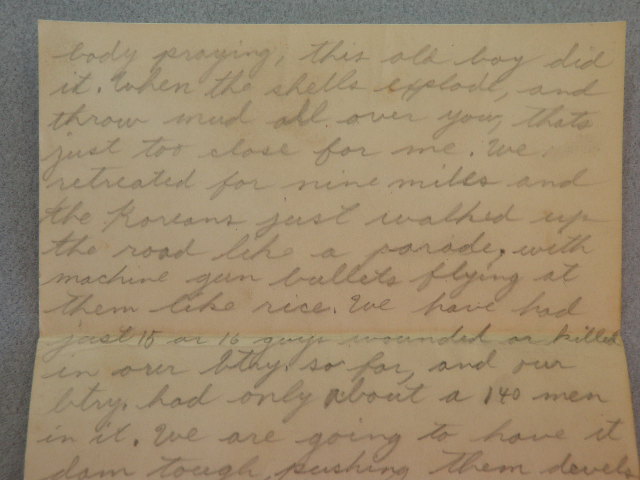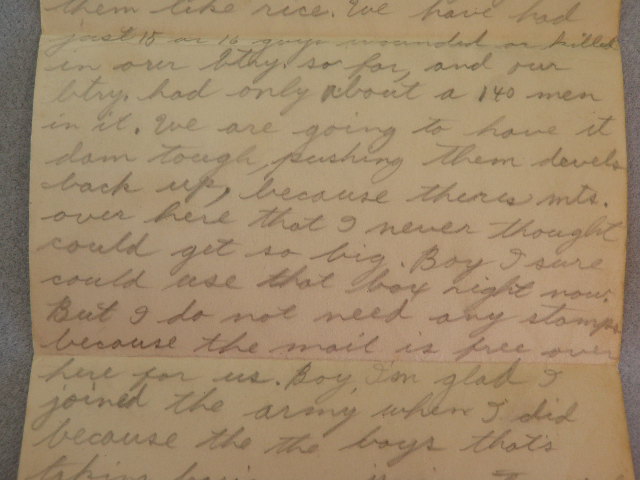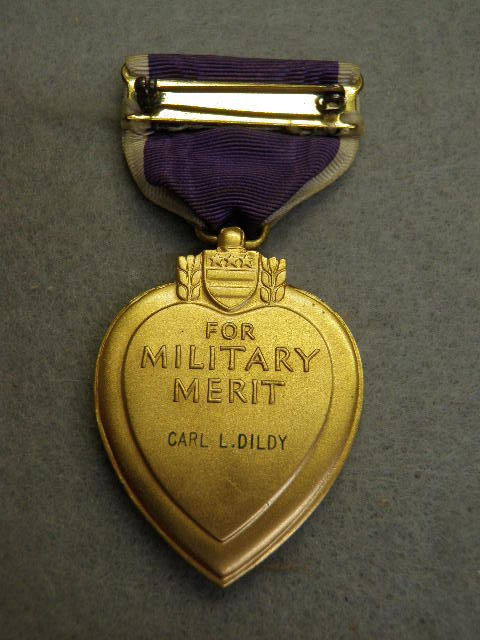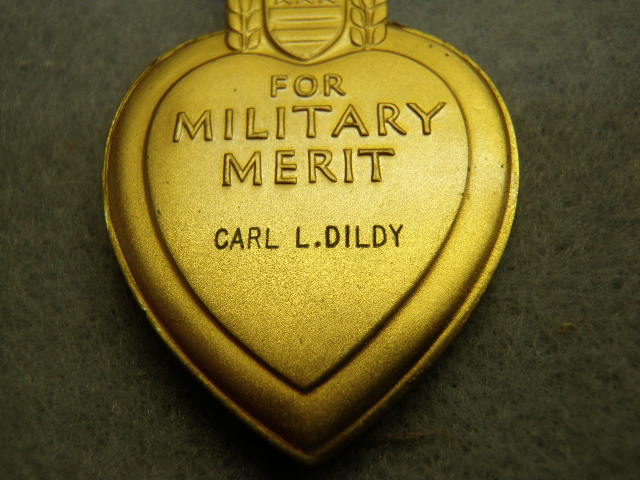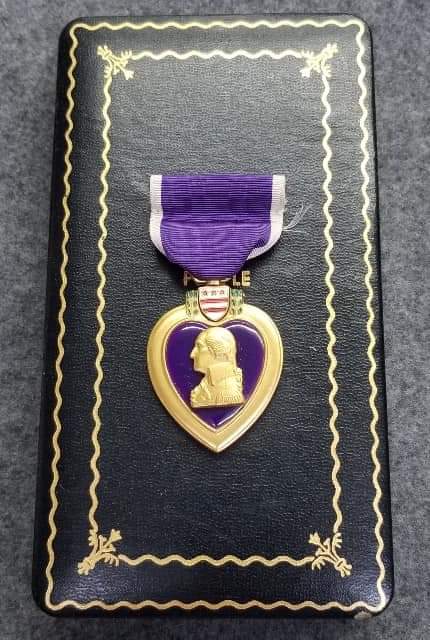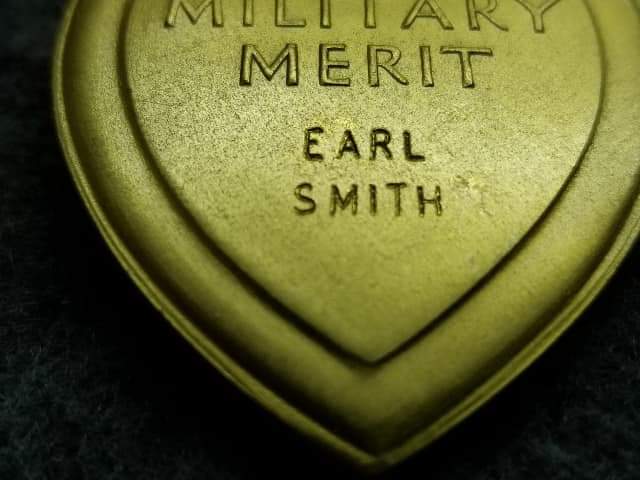"The Forgotten War"
Major James H.Crutchfield USMC
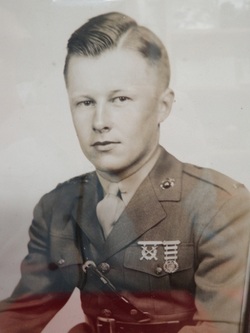
Major James Henry Crutchfield
serial#08672
Pilot F4U-4B Corsair
Marine Fighter Squadron 312
Marine Air Group 12
1st Marine Air Wing
KIA: 4 November 1951 while on a combat mission,his aircraft
received a direct hit by anti-aircraft fire.He was seen to crash in a streambed.His remains were never recovered.
Born: 18 June 1920 Asheboro,North Carolina
Pfc Dillon F Welch
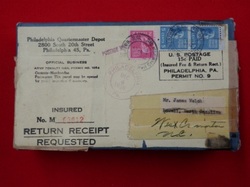
Pfc Dillon F Welch
serial # 14310192
Birth: 1928 Gaston Co.North Carolina
Co G 2nd Battalion 7th Cav Regt
1st Cavalry Division
KIA: 19 September 1950 South Korea
Pfc.Billy E.Peacock,USMC
Co.H,3rd.Bn,7th Marines,1st.Marine Div.
MIA-presumed KIA-7,Oct.1952 Korea
Chinese attacked OutPost "Frisco" a forward operating point on a hill 600 yards in front of main line of resistance
From:Winston-Salem,North Carolina
Pfc.A.C.Anderson
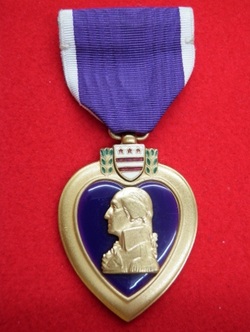
Pfc.A.C.Anderson
17th Inf.Regt.
7th Inf.Div.
KIA: 27 May 1951 Korea
From: Stokes Co.North Carolina
Airman 1stcl Charles E.Parham Jr.
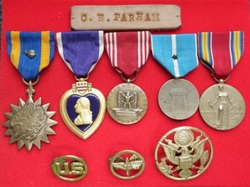
Airman 1stcl Charles E.Parham Jr.
Tail Gunner-B-26B Invader Bomber
730th Bomb Squadron 452nd Bomb Wing
25 Nov.1951 Crew bailed out 5 miles northwest of Chorwon
28 Feb.1954 MIA-Presumed Dead
Born: 17 June 1922 Oxford,North Carolina
Tail Gunner-B-26B Invader Bomber
730th Bomb Squadron 452nd Bomb Wing
25 Nov.1951 Crew bailed out 5 miles northwest of Chorwon
28 Feb.1954 MIA-Presumed Dead
Born: 17 June 1922 Oxford,North Carolina
Pfc.Clarence E.Lane
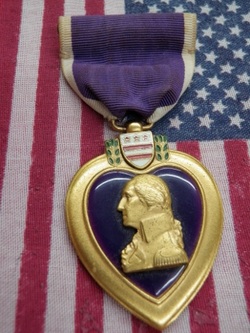
Pfc.Clarence E.Lane
Co.C,1stBn 32nd inf regt
7th Inf Div
KIA: 30 Nov 1950 Chosin Reservoir Korea
Born:1928 Columbus,North Carolina
Pfc.Edgar Layman Green
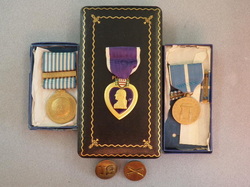
Pfc.Edgar Layman Green
service#14340783
15th Field Artillery Battalion 2nd Inf Division
Birth: 1931 Hendersonville,North Carolina
KIA: 13 Feb.1951 Hoengsong South Korea
Here is Layman Greens story
In a letter stating his
own words and thoughts,Layman Green tells "We retreated for 9 miles and the
Koreans just walked up the road like a parade,with machine gun bullets flying
at them like rice."
The Massacre at Hoengsong
The grisly
scene, horrible almost beyond belief, shocked even the toughest men of the 7th
Marine Regiment. Some averted their eyes. Others broke off their macho banter
to talk in hushed, church-like tones.It was death that spooked them --
death that hung like an eerie cloud over the narrow valley north of Hoengsong,
Korea, that cold, quiet day in 1951.
In early February, with the Chinese offensive stalled, U.N. commanders prepared a counter assault across the center
of the Korean peninsula. This time, however, Republic of Korea (ROK) troops were to do the bulk of the fighting -- with elements of various U.S. infantry, artillery and other units supporting them. The notion of Americans supporting
ROK troops was very much an experiment -- one U.S. military leaders later regretted.
What U.N. commanders didn't know was that Communist forces also
were launching a major offensive and had moved four Chinese and two North
Korean divisions into the area north of the village of Hoengsong. On Feb. 11,
ROKs tangled with Communist forces, quickly disintegrating the planned South
Korean offensive.
At one point, GIs of the supporting 15th Field Artillery
(FA) Battalion (2nd Division) encamped for the night, relying on ROK infantry
for protection. When the Chinese attacked in the dark, the South Koreans fled.
The enemy swarmed over the U.S. position. Some 204 artillerymen ultimately
died, resulting in one of the most concentrated losses of American lives in the
entire war, according to Joseph Gould in "Korea: The Untold
Story."
Retreating ROKs streamed south past U.S. support forces, allowing
the Chinese to flank American positions. Soon, the Chinese owned the narrow,
twisting valley north of Hoengsong and the road that ran through it -- the only
escape route.
Steep hills rose up on both sides of the road, turning the
valley into a shooting gallery. The Chinese relentlessly rained mortar fire
down on the withdrawing and vastly outnumbered GIs. Later came the hand-to-hand
fighting.
"At times," said one battalion commander, "U.N. troops lined up on
one side of the road and tossed grenades at the enemy attacking from the other
side of the
road."
[b]BATTLE CASUALTIES
38th Inf.
Regt...........462 KIA
15th FA Bn..............208 KIA
503rd FA
Bn.............56 KIA
FIGHTING
WITHDRAWAL
During one withdrawal, forward observer (for the mortar platoon)
Sgt. Charles Long of M Co., 38th Inf. Regt., 2nd Div., chose to remain at his
position atop Hill 300. It was rapidly being overrun, so he wanted to better
direct mortar fire on the Chinese. For a while, he held off the enemy with
rifle fire and grenades, but his last radio message reported that he was out of
ammo. He used his last words to call for 40 rounds of high explosive fire on
his own position, by that time swarming with enemy soldiers. For his bravery,
Long posthumously received the Medal of Honor.
American rescue forces fought
their way north from Hoengsong to the besieged units only to find that a river
of Chinese soldiers poured in behind them. Points secured just an hour or so
earlier reverted quickly to enemy hands.
U.S. infantrymen tried to clear an
escape route for the howitzers, supply trucks and other vehicles, but Chinese
soldiers were everywhere. U.S. artillery fired point blank into ranks of
attacking enemy, but it did little good.
As soon as the withdrawing GIs
pushed through one Chinese strongpoint, they would run smack into another --
while enemy forces reformed behind them. Some 2,000 Chinese troops manned one
enormous roadblock. But the route south was the only way out. So the Americans
continued to run this meat grinder of a gauntlet toward Hoengsong, taking heavy
losses all the way.
Finally, the column of weary survivors reached
Hoengsong. GIs who made it to the village joined a more general and less
hazardous retreat farther south and lived to fight another day. Yet in the
little valley to the north there was only death.
'ENORMOUS GRAVEYARD'
On March 7th, the 7th Marines re-entered the area north of
Hoengsong for the first time since the rout three weeks earlier. Frozen in time
-- and frozen literally -- the battle scene remained eerily
preserved.
"Everyone looked into the valley and saw the smoke twisting
toward the sky," wrote Marine Bill Merrick in his book Tan Vat. "The smoke came
from overturned trucks and jeeps. They had burned so long only the frames
remained. The area looked like an enormous graveyard with the bodies buried.
The troops lay in the road, in the rice paddies, and in the cabs of the trucks
that had not caught on fire."
Hundreds of GI bodies remained where they had
fallen. "We had to push arms, legs, and heads to the side of the road so
vehicles behind us would not run over dead soldiers," wrote Marine Rod Bennett.
Some GIs had been stripped naked by enemy soldiers. One naked, dead soldier lay
across the barrel of an anti-tank gun. In many trucks, dead Americans lay
behind the wheel or hung out the doors. One truck contained two lifeless GIs
and two dead Chinese soldiers.
"The road was blocked by a Sherman tank with
one set of tracks blown off," wrote Merrick. "The hatch was open and the tank
commander was hanging out of it. His jacket was full of holes, and blood made a
big design on his back. Two GIs with their hands tied behind them had been shot
in the back of the head. There were powder burns on the back of the caps they
wore."
Marines, sickened by the sight, erected a sign along the body-strewn
road. It read: "Massacre Valley, Scene of Harry S Truman's Police Action. Nice
Going, Harry!"
U.S. units suffering losses in the Hoengsong debacle included
elements of the 38th and 17th Infantry; 15th, 503rd, 49th, 96th and674th FA
battalions; 82nd Anti-aircraft Artillery Automatic Weapons Bn.; and the 187th
Airborne RCT.
Several outfits incurred severe battle deaths. Korean War vet
Dick Ecker, using the Army's Adjutant General's Korean War Casualty File,
determined the following breakdown by unit:
* 15th FA Bn. -- 208 (106 KIA
& 102 in captivity)
* 503rd FA Bn. -- 56 (27 KIA & 29 in
captivity
* 38th Inf. Regt. -- 462 (328 KIA & 134 perished in
captivity).
Among the 15th's dead was its commander, Lt. Col. John Keith,
and Master Sgt. Jimmie Holloway, both of whom died after being taken prisoner.
"Holloway was recommended for the Medal of Honor, but it was downgraded to the
Distinguished Service Cross," according to the 15th's historian, Dan
Gillotti.
Ecker summed it up succinctly: "It was, of course, the nature of
the fatalities in this action that was the real tragedy -- many of them MIA,
never found and declared dead or captured and died in captivity."
Because
military authorities tried to hide the extent of the disaster, casualty figures
regarding the Hoengsong massacre are extremely jumbled. But according to a Time
war correspondent, "It was part of the most horribly concentrated display of
American dead since the Korean War began."
Taken from The Massacre at Hoengsong by Gary Turbak
service#14340783
15th Field Artillery Battalion 2nd Inf Division
Birth: 1931 Hendersonville,North Carolina
KIA: 13 Feb.1951 Hoengsong South Korea
Here is Layman Greens story
In a letter stating his
own words and thoughts,Layman Green tells "We retreated for 9 miles and the
Koreans just walked up the road like a parade,with machine gun bullets flying
at them like rice."
The Massacre at Hoengsong
The grisly
scene, horrible almost beyond belief, shocked even the toughest men of the 7th
Marine Regiment. Some averted their eyes. Others broke off their macho banter
to talk in hushed, church-like tones.It was death that spooked them --
death that hung like an eerie cloud over the narrow valley north of Hoengsong,
Korea, that cold, quiet day in 1951.
In early February, with the Chinese offensive stalled, U.N. commanders prepared a counter assault across the center
of the Korean peninsula. This time, however, Republic of Korea (ROK) troops were to do the bulk of the fighting -- with elements of various U.S. infantry, artillery and other units supporting them. The notion of Americans supporting
ROK troops was very much an experiment -- one U.S. military leaders later regretted.
What U.N. commanders didn't know was that Communist forces also
were launching a major offensive and had moved four Chinese and two North
Korean divisions into the area north of the village of Hoengsong. On Feb. 11,
ROKs tangled with Communist forces, quickly disintegrating the planned South
Korean offensive.
At one point, GIs of the supporting 15th Field Artillery
(FA) Battalion (2nd Division) encamped for the night, relying on ROK infantry
for protection. When the Chinese attacked in the dark, the South Koreans fled.
The enemy swarmed over the U.S. position. Some 204 artillerymen ultimately
died, resulting in one of the most concentrated losses of American lives in the
entire war, according to Joseph Gould in "Korea: The Untold
Story."
Retreating ROKs streamed south past U.S. support forces, allowing
the Chinese to flank American positions. Soon, the Chinese owned the narrow,
twisting valley north of Hoengsong and the road that ran through it -- the only
escape route.
Steep hills rose up on both sides of the road, turning the
valley into a shooting gallery. The Chinese relentlessly rained mortar fire
down on the withdrawing and vastly outnumbered GIs. Later came the hand-to-hand
fighting.
"At times," said one battalion commander, "U.N. troops lined up on
one side of the road and tossed grenades at the enemy attacking from the other
side of the
road."
[b]BATTLE CASUALTIES
38th Inf.
Regt...........462 KIA
15th FA Bn..............208 KIA
503rd FA
Bn.............56 KIA
FIGHTING
WITHDRAWAL
During one withdrawal, forward observer (for the mortar platoon)
Sgt. Charles Long of M Co., 38th Inf. Regt., 2nd Div., chose to remain at his
position atop Hill 300. It was rapidly being overrun, so he wanted to better
direct mortar fire on the Chinese. For a while, he held off the enemy with
rifle fire and grenades, but his last radio message reported that he was out of
ammo. He used his last words to call for 40 rounds of high explosive fire on
his own position, by that time swarming with enemy soldiers. For his bravery,
Long posthumously received the Medal of Honor.
American rescue forces fought
their way north from Hoengsong to the besieged units only to find that a river
of Chinese soldiers poured in behind them. Points secured just an hour or so
earlier reverted quickly to enemy hands.
U.S. infantrymen tried to clear an
escape route for the howitzers, supply trucks and other vehicles, but Chinese
soldiers were everywhere. U.S. artillery fired point blank into ranks of
attacking enemy, but it did little good.
As soon as the withdrawing GIs
pushed through one Chinese strongpoint, they would run smack into another --
while enemy forces reformed behind them. Some 2,000 Chinese troops manned one
enormous roadblock. But the route south was the only way out. So the Americans
continued to run this meat grinder of a gauntlet toward Hoengsong, taking heavy
losses all the way.
Finally, the column of weary survivors reached
Hoengsong. GIs who made it to the village joined a more general and less
hazardous retreat farther south and lived to fight another day. Yet in the
little valley to the north there was only death.
'ENORMOUS GRAVEYARD'
On March 7th, the 7th Marines re-entered the area north of
Hoengsong for the first time since the rout three weeks earlier. Frozen in time
-- and frozen literally -- the battle scene remained eerily
preserved.
"Everyone looked into the valley and saw the smoke twisting
toward the sky," wrote Marine Bill Merrick in his book Tan Vat. "The smoke came
from overturned trucks and jeeps. They had burned so long only the frames
remained. The area looked like an enormous graveyard with the bodies buried.
The troops lay in the road, in the rice paddies, and in the cabs of the trucks
that had not caught on fire."
Hundreds of GI bodies remained where they had
fallen. "We had to push arms, legs, and heads to the side of the road so
vehicles behind us would not run over dead soldiers," wrote Marine Rod Bennett.
Some GIs had been stripped naked by enemy soldiers. One naked, dead soldier lay
across the barrel of an anti-tank gun. In many trucks, dead Americans lay
behind the wheel or hung out the doors. One truck contained two lifeless GIs
and two dead Chinese soldiers.
"The road was blocked by a Sherman tank with
one set of tracks blown off," wrote Merrick. "The hatch was open and the tank
commander was hanging out of it. His jacket was full of holes, and blood made a
big design on his back. Two GIs with their hands tied behind them had been shot
in the back of the head. There were powder burns on the back of the caps they
wore."
Marines, sickened by the sight, erected a sign along the body-strewn
road. It read: "Massacre Valley, Scene of Harry S Truman's Police Action. Nice
Going, Harry!"
U.S. units suffering losses in the Hoengsong debacle included
elements of the 38th and 17th Infantry; 15th, 503rd, 49th, 96th and674th FA
battalions; 82nd Anti-aircraft Artillery Automatic Weapons Bn.; and the 187th
Airborne RCT.
Several outfits incurred severe battle deaths. Korean War vet
Dick Ecker, using the Army's Adjutant General's Korean War Casualty File,
determined the following breakdown by unit:
* 15th FA Bn. -- 208 (106 KIA
& 102 in captivity)
* 503rd FA Bn. -- 56 (27 KIA & 29 in
captivity
* 38th Inf. Regt. -- 462 (328 KIA & 134 perished in
captivity).
Among the 15th's dead was its commander, Lt. Col. John Keith,
and Master Sgt. Jimmie Holloway, both of whom died after being taken prisoner.
"Holloway was recommended for the Medal of Honor, but it was downgraded to the
Distinguished Service Cross," according to the 15th's historian, Dan
Gillotti.
Ecker summed it up succinctly: "It was, of course, the nature of
the fatalities in this action that was the real tragedy -- many of them MIA,
never found and declared dead or captured and died in captivity."
Because
military authorities tried to hide the extent of the disaster, casualty figures
regarding the Hoengsong massacre are extremely jumbled. But according to a Time
war correspondent, "It was part of the most horribly concentrated display of
American dead since the Korean War began."
Taken from The Massacre at Hoengsong by Gary Turbak
Pfc Carl L Dildy
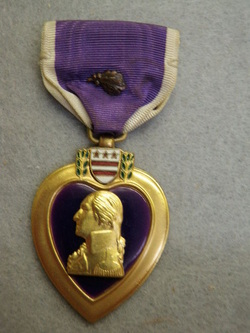
Pfc Darl L Dildy
DOB 10 March 1925
Wilson North Carolina
Died 28 March 1962
Co K 60th inf regt
9th INF DIV
Korea
DOB 10 March 1925
Wilson North Carolina
Died 28 March 1962
Co K 60th inf regt
9th INF DIV
Korea
Pvt Earl Smith
Pvt Earl Smith
Born in 1931 Stewartsville Township (LAURINBURG),North Carolina
9th Inf Regt
2nd Inf Division
Seriously wounded in action Naktong Bulge South Korea 5 September 1950 and died later the same day.
Born in 1931 Stewartsville Township (LAURINBURG),North Carolina
9th Inf Regt
2nd Inf Division
Seriously wounded in action Naktong Bulge South Korea 5 September 1950 and died later the same day.
